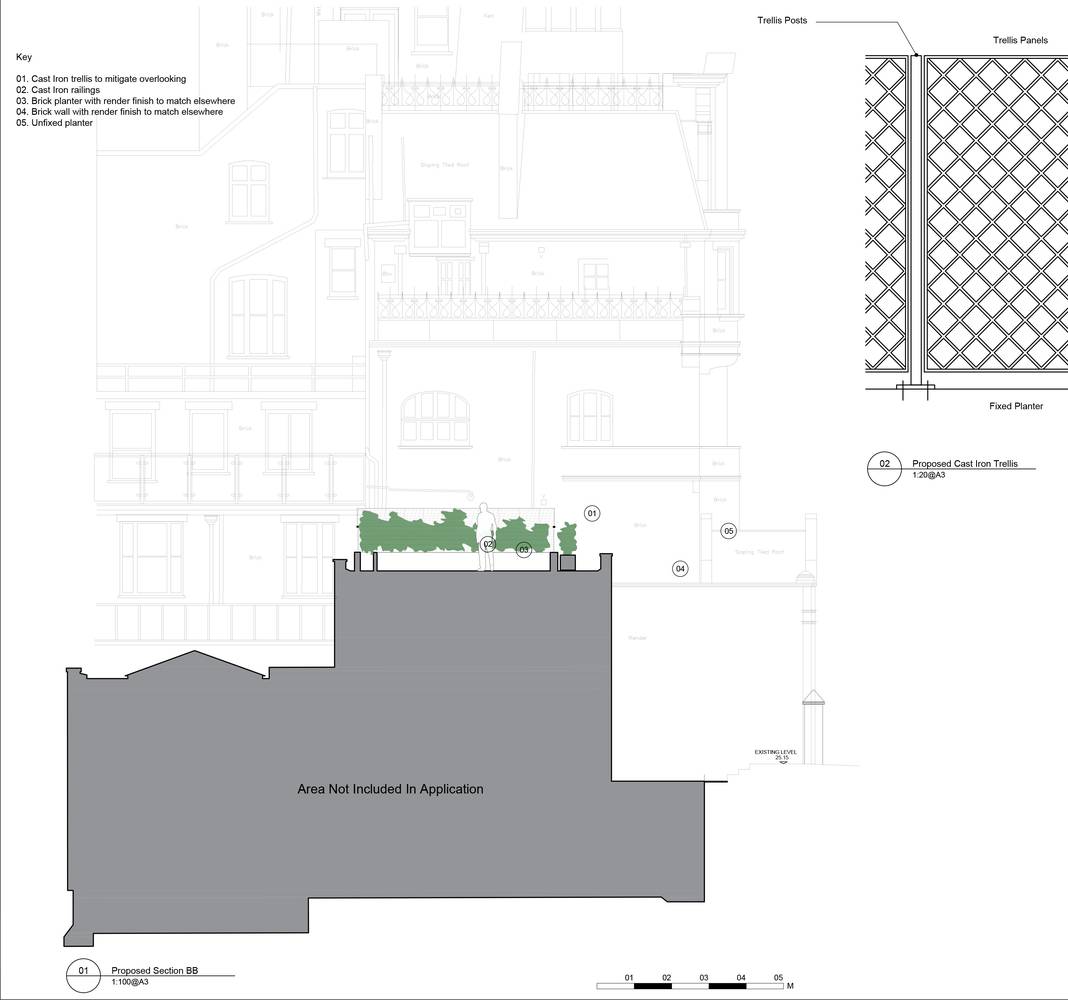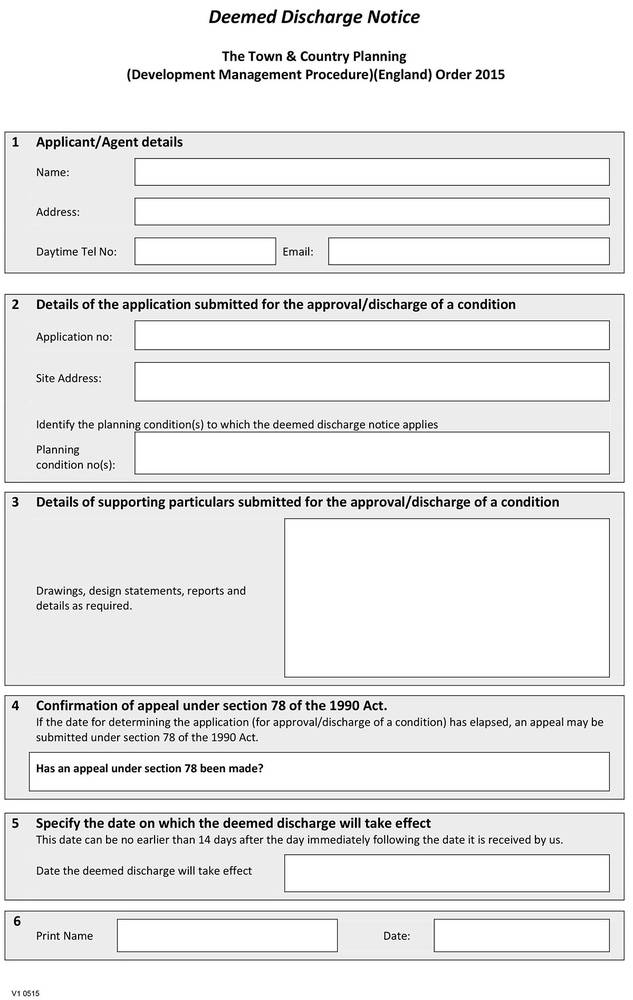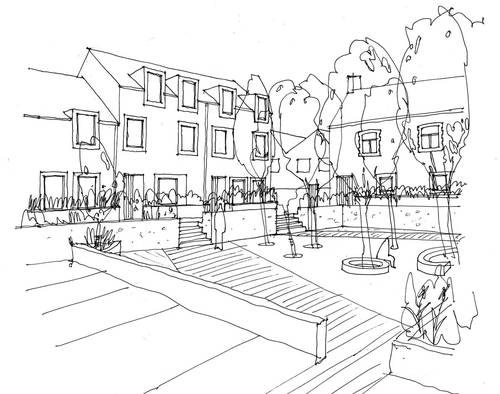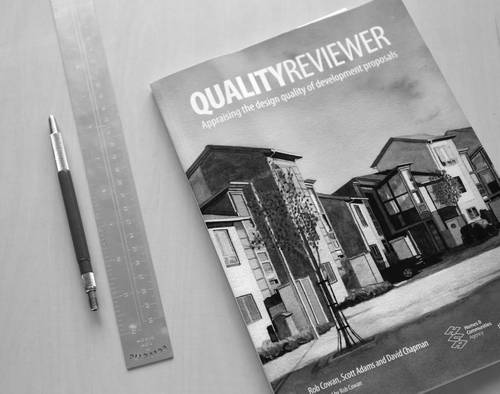What is Deemed Discharge of Conditions
June 2016
On the 15th April 2015 new legislation came into force specifically targeting the timeliness of the local planning authorities (LPA) in determining planning conditions. In short this allows an application to be deemed acceptable if the LPA has not determined an application for approval of planning conditions within the statutory time period of 8 weeks.
The process of Deemed Discharge of Conditions is fairly straight forward, but it should be noted that the legislation cannot be used to discharge all types of conditions (please see list of exceptions below). To deem an application acceptable the applicant must serve a deemed discharge notice to the LPA. The notice needs to be submitted in writing, give sufficient information to identify the planning permission and include particulars, plans and drawings (as necessary) to deal with the application.
The correct procedure for serving a deemed discharge notice is usually specific to each LPA and we would advise contacting the LPA to determine if they have a standard notification process. We have successfully used the following procedure outlined in Article 28 of the Town and Country Planning (Development Management Procedure) (England) Order 2015 with a number of LPA:
1. Submit an application in writing to the LPA for any consent, agreement or approval required by a condition attached to a planning permission with the requisite supporting information.
2. Serve a 'deemed discharge notice' on the LPA no sooner than 6 weeks after the initial application to discharge the condition is made.
3. Deemed discharge takes effect if the LPA has not notified the applicant of its decisionwithin 14 days of receiving the deemed discharge notice.
To date we successfully have used this piece of legislation on a number of applications for approval of planning conditions. When submitting information for approval of planning conditions we take care to ensure that this information provides sufficient detail and complies with the requirements of the conditions. Deemed discharge has helped us to give clients more certainty in terms of planning determination periods and resource projects more effectively without effecting the quality of information produced.
Exceptions –
- All conditions attached to development that is subject to an Environmental Impact Assessment
- All conditions attached to development that is likely to have a significant effect on a qualifying European site
- Conditions designed to manage flood risk
- Conditions requiring the approval of details for outline planning permissions required by reserved matters
- Conditions attached to development within Sites of Scientific Interest
- Conditions relating to the investigation and remediation of contaminated land
- Conditions relating to investigation of archaeological potential
- Conditions requiring a Section 106 or Section 278 Agreement is entered into
- Conditions attached to the grant of permission under a Development Order (Special Development Order, Local Development Order, Neighbourhood Development Order) or planning permission granted in relation to Simplified Planning Zone or Enterprise Zone
- Crown development or government authorisation
Resources
http://www.legislation.gov.uk/uksi/2015/595/article/28/made
http://www.ashfords.co.uk/deemed-discharge-of-planning-conditions/




